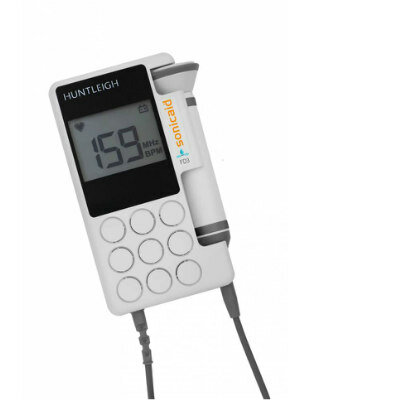Early Diagnosis of Osteoarthritis Possible Using MRI
By MedImaging International staff writers
Posted on 20 Sep 2011
A new method is set to help clinicians diagnose osteoarthritis at such an early stage that it will be possible to delay the progression of the disease by many years, or maybe even stop it entirely. Posted on 20 Sep 2011
The joint disease osteoarthritis is one of our most common chronic diseases and one of the primary causes of disability for people around the world. “Osteoarthritis often attacks the knee and hip joints and breaks down the impact absorbing cartilage found there. For those affected, the progression of the disease usually takes many years, with gradually increasing pain which often leads to disability,” said Carl Siversson, who has just defended his thesis in medical radiation physics at Lund University (Sweden).
One of the difficulties with osteoarthritis has been diagnosing and tracking the disease before symptoms become evident. It has therefore been difficult to change or delay the course of the disease. Several years ago, researchers from Lund University and Harvard Medical School (Boston, MA, USA) developed a method to measure the degree of osteoarthritis using an MRI scanner, even at a very early stage. The method is called dGEMRIC (delayed gadolinium-enhanced MRI of cartilage).
“This was major progress, but one problem was that the measurements could only be performed in a limited part of the cartilage. We have now improved the method so that we can study all the cartilage in the joint at once. We have achieved this by solving the problem of how to correct all the irregularities in the MRI images,” said Mr. Siversson.
The improved technique has now been assessed both on healthy individuals and on individuals with osteoarthritis, and the findings show that the disease can now be monitored in ways that were not previously possible, according to Mr. Siversson. “Now we are continuing our work to make the method easy for doctors to use in their practice. Our hope is that the method will also be significant for future drug development,” he said, who after completing his PhD will continue his research at Harvard Medical School (Boston, MA, USA).
Related Links:
Lund University
Harvard Medical School














